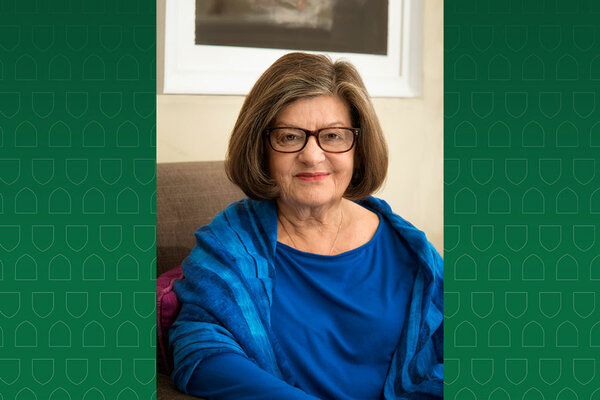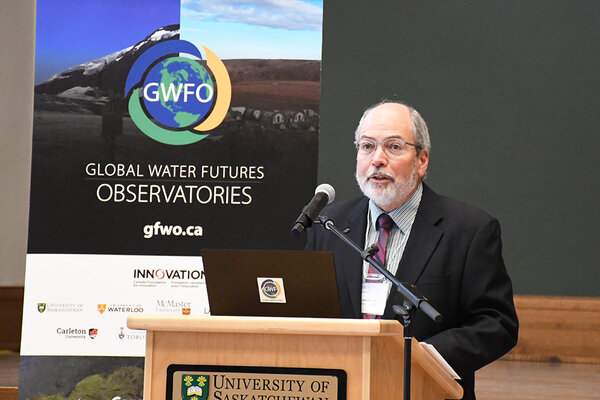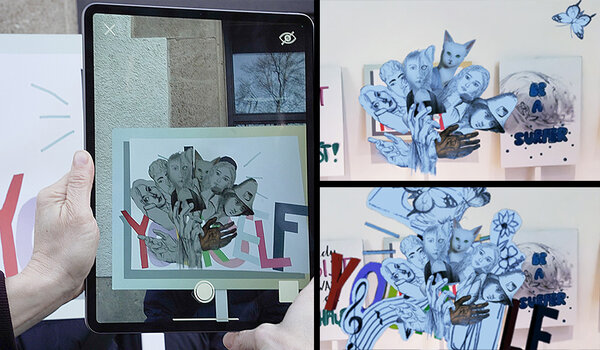
Research team advances X-ray imaging technique
A new imaging technique will help scientists undertaking research in a wide range of fields
Research team advances X-ray imaging technique
A research team from the Department of Geological Sciences is building upon conventional synchrotron-based X-ray techniques to improve their functionality.
Sanjukta Choudhury (MSc’10, PhD’16) and Canada Research Chairs Ingrid Pickering and Graham George, working alongside Ian Coulthard of the Canadian Light Source, have developed a new device called a collimating channel array (CCA). When used in conjunction with an advanced X-ray imaging technique known as confocal X-ray fluorescence imaging (CXFI), it produces comprehensive, highly detailed images to the size of a human hair.
Using an archaeological human bone sample, their research showcases how the new technique can be an important addition to the toolkit of a researcher. It has the ability to produce images from intact or thick specimens without the need for cutting into thin sections as required in conventional techniques. This avoids contamination or damage to the sample, an important breakthrough for scientists undertaking research in a wide range of fields. It also allows a three-dimensional examination of materials such as an excised intact tumour without further disruption.
The team’s research will benefit more than scientists. Art restorers and historians can view an artist’s original marks and underpainting beneath layers of oil paint and varnish. Old manuscripts and paintings may also be analyzed without damage or disruption to fragile layers and surfaces. In fact, in an earlier project, the team was able to discern the composition of medieval stained glass by examining its layers using this technique.
Having completed a master’s in physics using synchrotron-based techniques, Choudhury undertook research for her PhD developing CXFI techniques for the BioXAS beamline at the Canadian Light Source (CLS). She received her PhD in 2016 and is continuing to work with Pickering as her supervisor on the development and use of synchrotron-based techniques with the CLS team.
Choudhury says the team’s breakthrough will be valuable to a variety of disciplines, ranging from material science through biomedical applications to science-meet-art cultural heritage research.
“I am a physicist by training, and use of synchrotron light is my passion. The synchrotron is an amazing tool and I love seeing how it can be applied to diverse disciplines. Normally you use visible light to see things, but at synchrotrons you use bright X-rays. When you use X-rays, you get to see things that visible light won’t allow you to see,” says Choudhury.
Scientists from the University of Saskatchewan, Lakehead University, Cornell University and the Canadian Light Source contributed to the study, which is the cover story in the Journal of Analytical Atomic Spectrometry (JAAS), available online on March 8.


